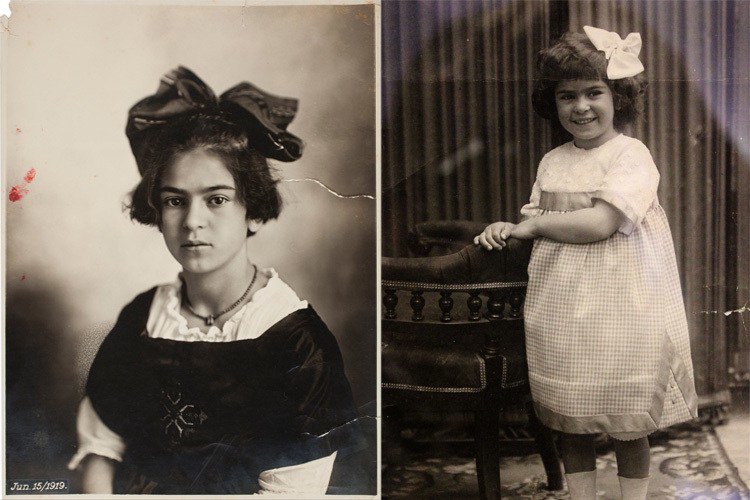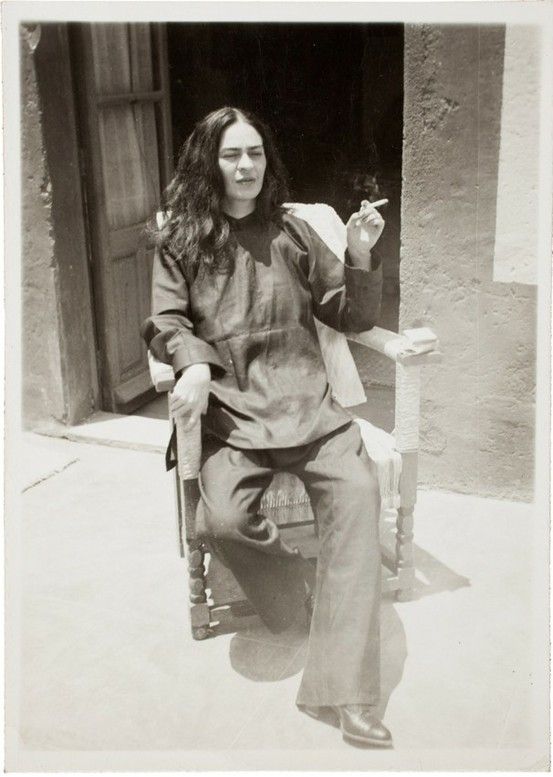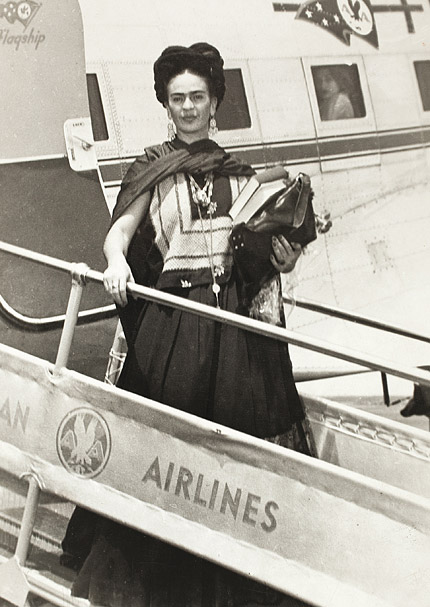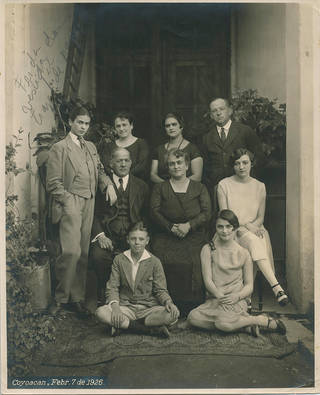“Frida: Inside and Outside” conference at V&A
I have attended “Frida: Inside and Outside” conference at V&A. As the notion of a dress is becoming increasingly significant in my practice, I have hoped that the conference will help me to contextualize the idea of an identity expressed through clothing choices as well as empowerment through fashion. Naturally, the conference was very complex and discussed so much more than sartorial aspects of Frida Kahlo heritage.
I found some speakers to be particularly relevant to my current research. Oriana Baddeley talked about the costume that Frida embraced and used to empower herself, both in artworks and in self-representation in real life. Her choices were always meaningful, always symbolic. Through her dress, Frida expressed her identity, body, gender and race. She has used vintage ethnic clothes to create her fashion persona. Nevertheless, what originally might have been a costume, has become her everyday clothes. As to prove it, her dresses bear marks of paint and cigarette burns. Through conscious and consistent choices she gained true authenticity in her self-representation.
Frida favoured clothes come from Tehuantepec region of matriarchal society. They seem to express her Mexican identity rather than family identity and to empower an individual, the descendant of collective Mexican ancestors rather than the one of the particular maternal bloodline. Her relationship with her mother is very vague. Frida encounter cruelty and humiliation from other women, including the betrayal from her sister. At the same time, she cultivated amazing nurturing female friendships. Needless to say, she also suffered social mistreatment because of her gender. It is almost as if she overcame her specifically female experience of pain and disadvantage seeking empowerment through ultimately female garments and their meaningful aesthetics.
Frida Kahlo with Olmec figurine, 1939, photograph by Nicholas Murray ©Nickolas Murray Photo Archives
Frida Kahlo: Making Her Self Up at V&A
“This exhibition presented an extraordinary collection of personal artefacts and clothing belonging to the iconic Mexican artist Frida Kahlo. Locked away for 50 years after her death, this was the first exhibition of this collection outside Mexico. A fresh perspective on Kahlo's compelling life story through her most intimate personal belongings”.
My greatest realisation from the exhibition was how much of Frida Kahlo essence her dresses captured and preserved. It is naturally partially to the fact that they are so distinctive, yet again this is the choice she consciously made while creating herself. The little marks, reminiscent of paint and cigarette burns, little proofs of how she lived her life, make them so personal.
My probably most enjoyable moment of the exhibition though was seeing her personal photographs, whom I have not seen before. They also appealed to me as to the collector of archival photos, I felt touched. Again, they made me wonder how Frida’s works , that she used construct around life studies, could have looked if she painted from photographs. Despite she didn’t, her self portraits bear the great resemblance to photographic documentation - the angles, the intensity of eyes.






